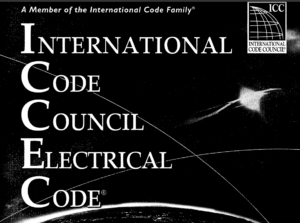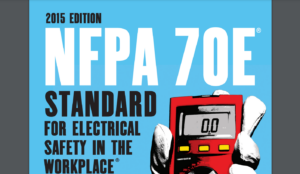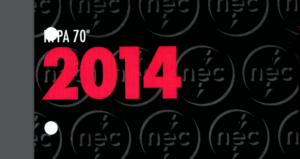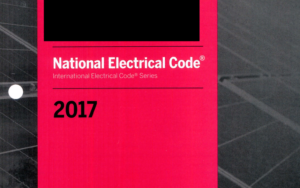The 2005 edition of NFPA 70, known as the National Electrical Code (NEC), was issued by the National Electrical Code Committee following the NFPA’s May 2004 meeting. This edition supersedes all previous versions dating back to 1897 and introduces updates and amendments designed to enhance electrical safety standards. The NEC aims to safeguard people and property from electrical hazards, focusing on practical safety rather than design specifications. It addresses the installation of electrical systems, including conductors, equipment, and raceways, covering a wide range of settings such as buildings, mobile homes, and industrial facilities. However, the Code does not apply to specific installations like ships, railways, and certain utilities. The NEC is structured into nine chapters, covering general electrical installations, special occupancies, equipment, and communication systems, with annexes providing additional, non-mandatory information. It also distinguishes between mandatory rules (which use terms like “shall” or “shall not”) and permissive rules (which describe options and alternatives). The NEC emphasizes the importance of planning for future electrical expansions and maintaining safety through proper inspections and compliance with standards. It allows the use of the International System of Units (SI) alongside inch-pound measurements, highlighting a dual measurement system. The NEC is advisory in nature but serves as a critical reference for both public and private sectors, influencing laws, regulations, and standardization activities related to electrical safety, insurance, construction, and product testing.
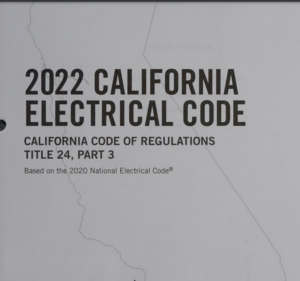
2022 California Electric Code Title 24, Part 3
The 2022 California Electrical Code establishes comprehensive safety standards for electrical installations, ensuring a harmonious balance between innovation and compliance within California’s diverse architectural landscape.

